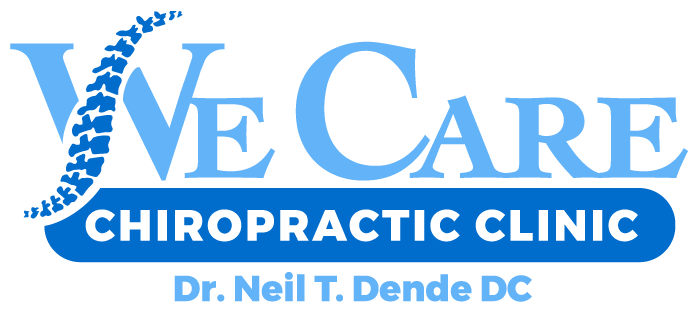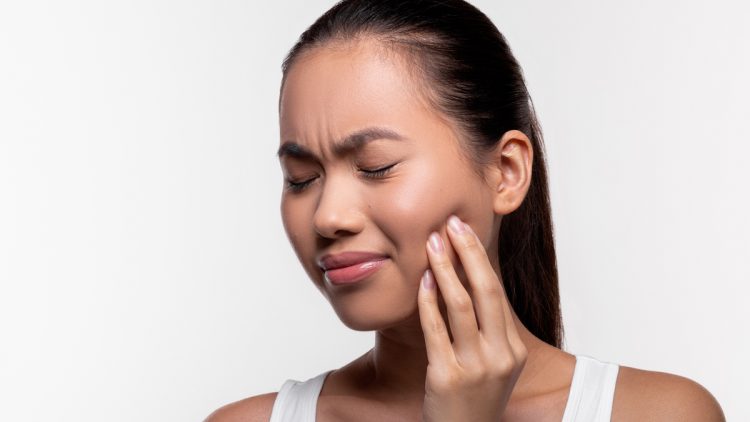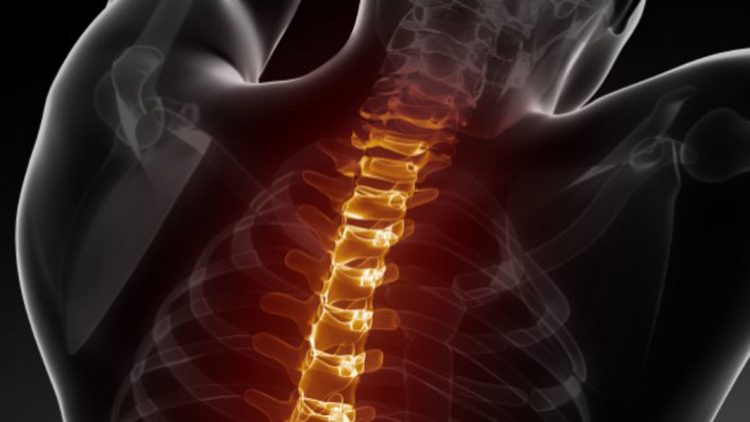The Best Middle Back Pain Exercises
WE CARE CHIROPRACTIC
24/7 Emergency Auto Injury Appointments In Glendale, AZ
Middle back pain can be prevented and alleviated with the help of a chiropractor. Yet, what exercises can you do at home to help manage the pain? Here are a few of the best middle back pain exercises.
Seated Twist
- Start this exercise seated in a chair.
- You can sit with your legs crossed or straight out.
- Pull your shoulder blades together in a downward motion.
- Next, place your right hand on the outside of your left knee while simultaneously twisting your left side.
- Place your left hand firmly behind your back for support.
- Hold this pose for 30 seconds before returning to the resting position.
- Repeat this motion on the opposite side.
Passive Backbend
- Start by placing a yoga mat on the floor.
- You can use a rolled up towel if you do not have a yoga mat.
- Have the mat or towel rest beneath your shoulder blades, close to the middle of your back.
- Bring your arms away slowly from your body, resting at a 45-degree angle.
- Hold this position for at least 60 seconds.
Latissimus Dorsi Stretch
- It is perfectly fine to perform this stretch while either sitting or standing.
- Begin by raising your right hand directly above your head.
- Now bend the elbow so your right hand drops to your upper back area.
- Place your left hand atop your right elbow next.
- Pull your right arm to your left gently.
- While pulling your right elbow, bend your body in a straight line towards the left.
- Hold this pose for 20-30 seconds.
- Repeat the motion on the opposite side.

Corner Stretch
- Face the corner of the room and put your feet together.
- You should be approximately two feet from the corner of the room.
- Place a forearm on each wall, keeping your elbows slightly below shoulder level.
- Lean forward while keeping your lower back position as neutral as possible.
- Hold this position for 30-60 seconds.
Prone Cobra
- For comfort, start by placing a towel on your forehead as you lie face down in the floor.
- Place your arms at your side, with your palms straight against the floor.
- As you lift your hands off the floor, pinch your shoulder blades together.
- Make sure to keep your shoulders down and away from your ears during this exercise.
- Roll your elbows inward with thumbs up and palms out.
- Lift your forehead about an inch off the towel while remaining to look straight down at the floor.
- Hold this pose for about 10 seconds.
- Try to do this exercise 8-10 times.
Child’s Pose
- Begin in a kneeling position.
- Have your hips and buttocks resting upon lower legs and feet.
- Remain comfortable while spreading your knees apart.
- Bring your body forward while keeping your chest pointed down towards your knees.
- With arms stretched out in front, bring your forehead to the floor.
- Rest your hands on the floor with your arms remaining straight.
- Hold this pose for a good 30 seconds.
- Return slowly to the starting position.
Opposite Arm And Leg Raise
- Start by getting down on all fours.
- Keep your spine straight while your hands are positioned directly below shoulders, with knees aligned underneath your hips.
- Reach out slowly with one arm, extending the leg on the opposite side simultaneously.
- Keep your arm and leg steady throughout the stance.
- Hold the pose for a few seconds before going back to the resting position.
- Repeat this same motion with the opposite leg and arm.
- Try to do 10 repetitions on both sides.

More Exercises:
AT WE CARE CHIROPRACTIC, WE GOT YOUR BACK!












